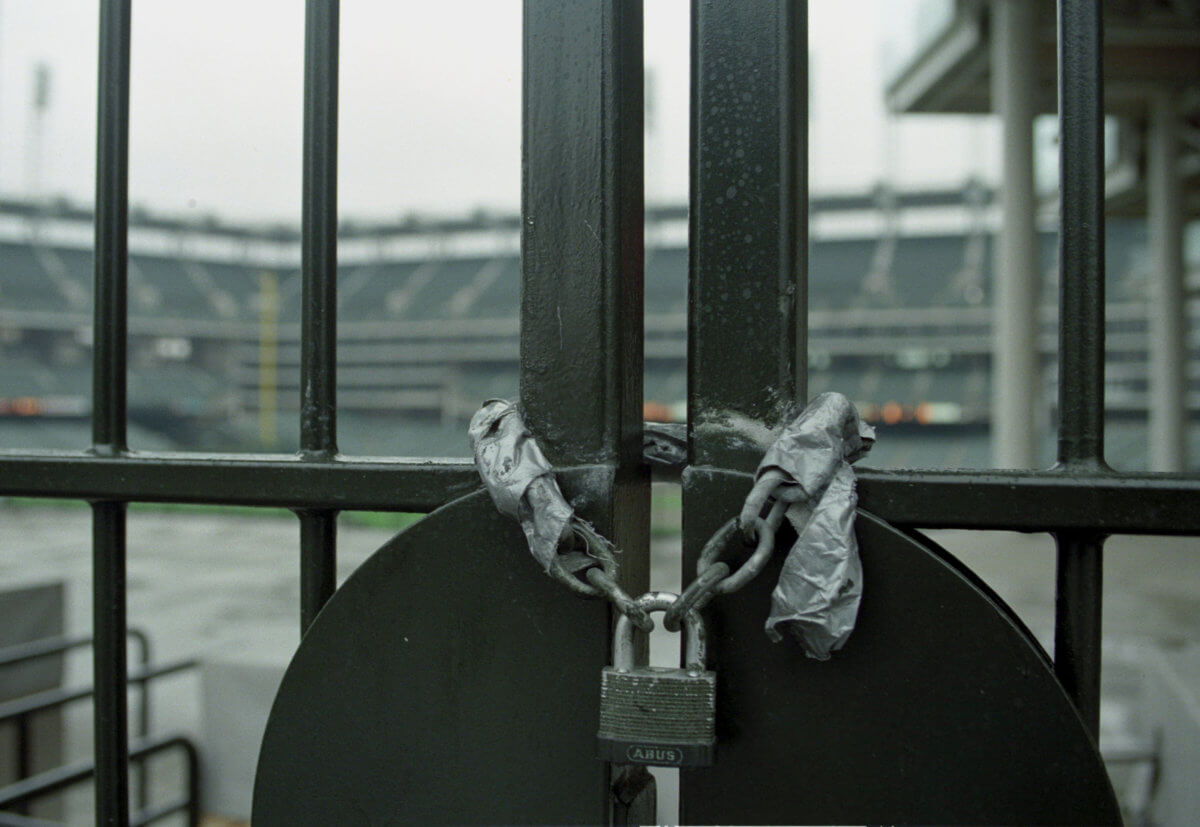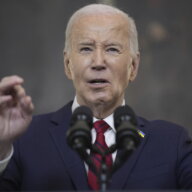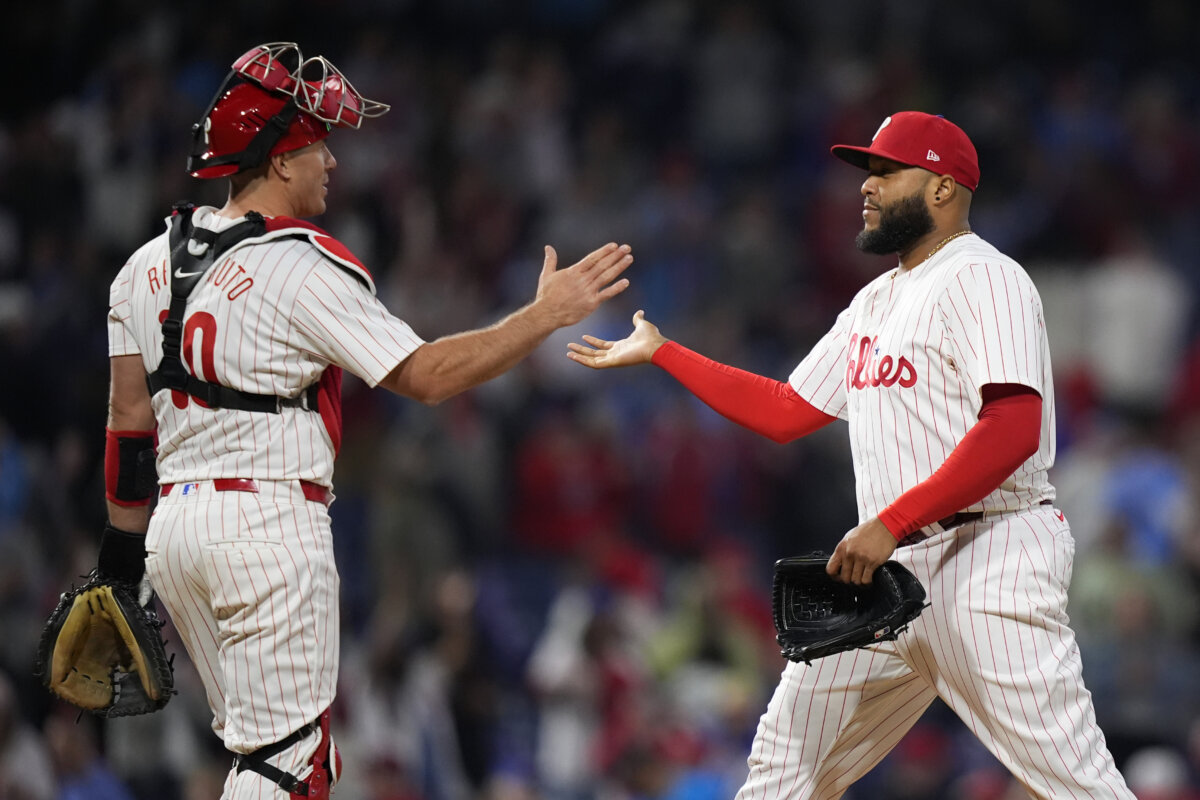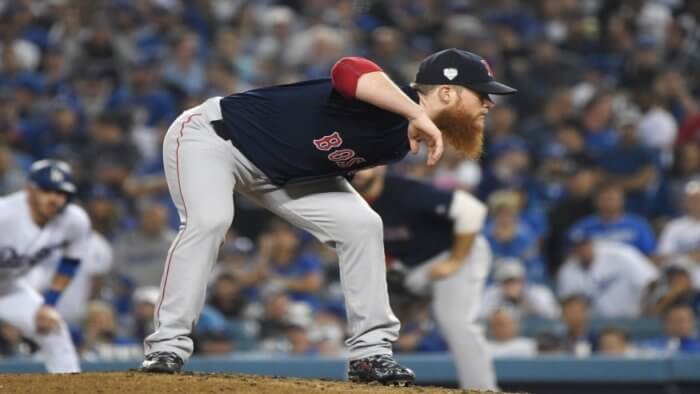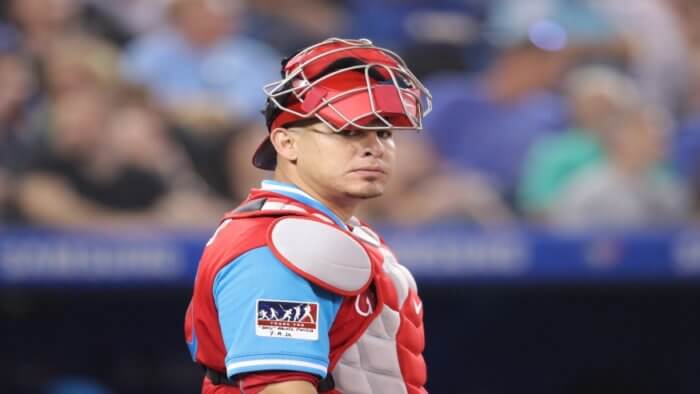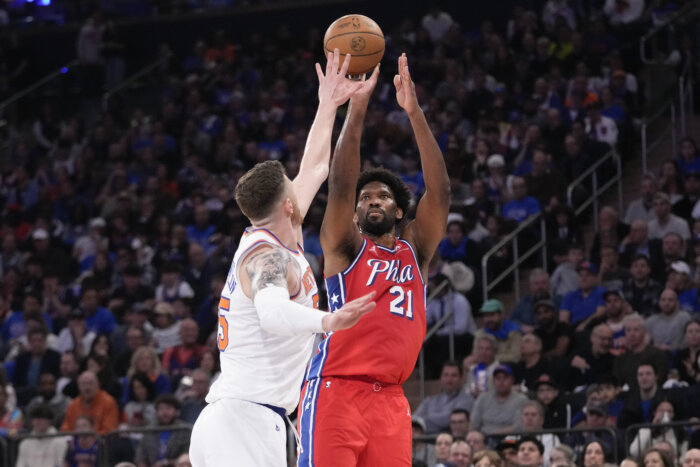Editor’s note: This story first appeared on AMNY.com
If the prospect of being a national outlet and distraction for the American public isn’t enough incentive for Major League Baseball and the players’ association (MLBPA) to hash out an agreement on salaries, maybe history will do the trick.
The league and its players are embroiled in a stalemate deriving from money talks.
The players want their prorated salaries, which will pay them their usual compensation, but only for the number of games that are played in 2020.
Owners and the league — citing sizable losses that will come with playing games with no fans in attendance — proposed multiple additional pay cuts before tabling the idea of giving players those prorated salaries, but the regular season will be just 50 games long.
Quite a difference considering the players’ previous proposal was for 114 games.
With neither side willing to budge yet, not only are hopes dwindling that we’ll have the originally-proposed early-July Opening Day as the country works its way back from the coronavirus pandemic, but the reality of there being no baseball at all in 2020 is increasing in likelihood.
Call it a work stoppage or a strike, it doesn’t matter, because the effects that it could have on the game could be staggering.
Just take a look back at 1994.
While baseball had been America’s most popular sports for three-quarters of the 20th century, average attendance numbers didn’t necessarily reflect that. It wasn’t until 1979 that MLB games averaged at least 20,000 fans per game.
But the game’s increasing popularity throughout the 1980s coupled with the introduction of two expansion teams in 1993 saw attendance numbers rise to new heights.
In that 1993 season, over 70 million fans attended ballgames while the average number per game hit the 30,000-mark (30,964) for the first time in MLB’s history dating back to 1876.
Those numbers only improved the following season as an average of 31,256 fans made it out to the ballpark in 1994.
That momentum was suddenly halted when lengthy financial negotiations between the owners and players — with no legitimate MLB commissioner at the time to try and keep the peace — resulted in players walking out in August of that year with just 113 games played.
It was just the second time in history (1904) that the World Series was not played.
Outrage from the fans was immeasurable as many insisted that they would never go see another MLB game again. The numbers reflected accordingly in 1995 — when a shortened 144-game season was played out — as average attendance numbers dropped by more than 6,000 to 25,021 fans per game.
MLB wouldn’t hit average attendance numbers from 1994 until 12 years later in 2006.
Fast-forward to 2020 and baseball is quite clearly the third-most-popular sport in the United States behind the NFL and NBA. While revenue and league payrolls have increased, average attendance numbers have been on a steady four-year decline.
Now add in the possibility of losing an entire season because millionaires continue to squabble over a fistful of dollars and MLB might see another wave of fans turn their back on the game.
That’s the last thing baseball needs as it struggles to stay relevant.



